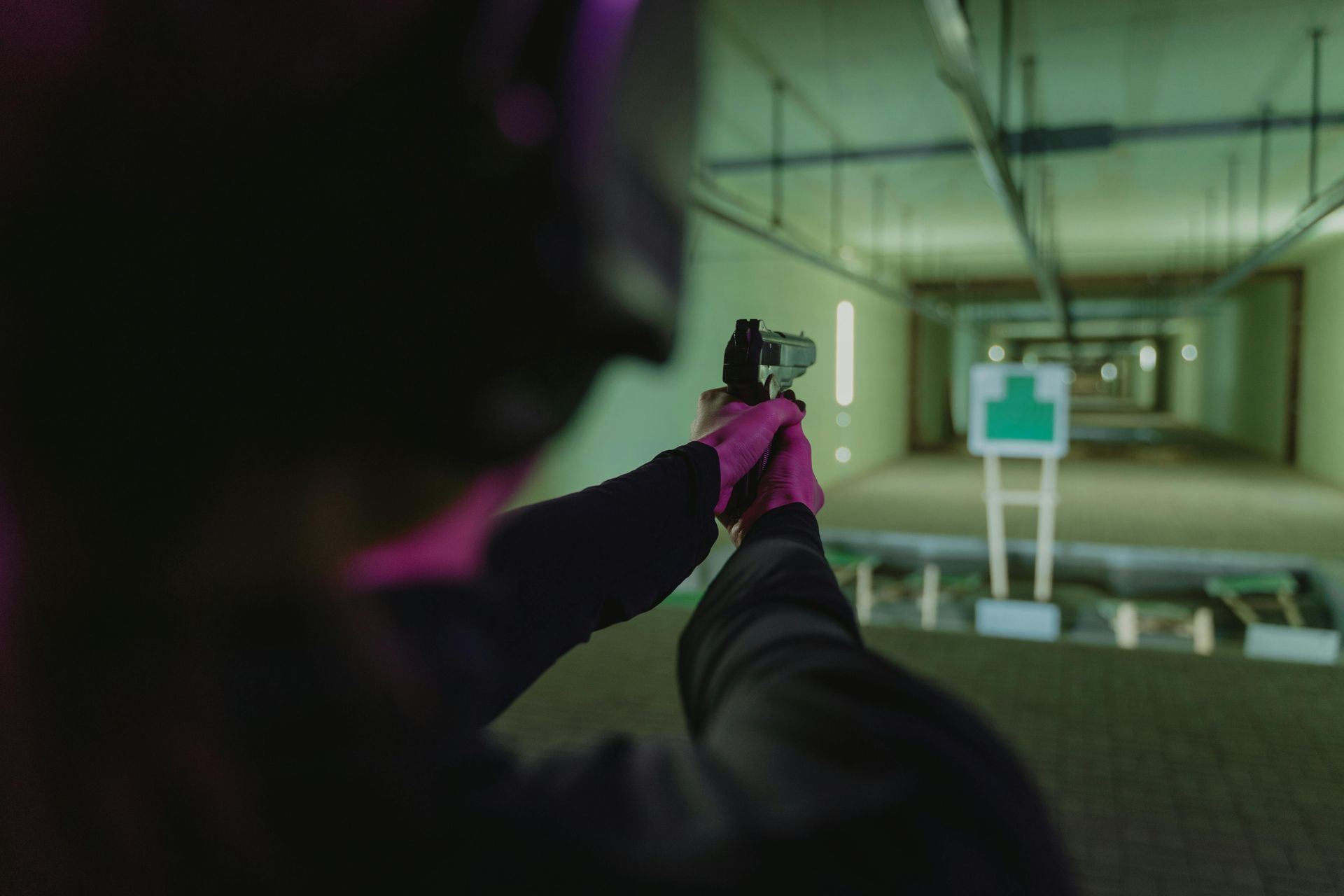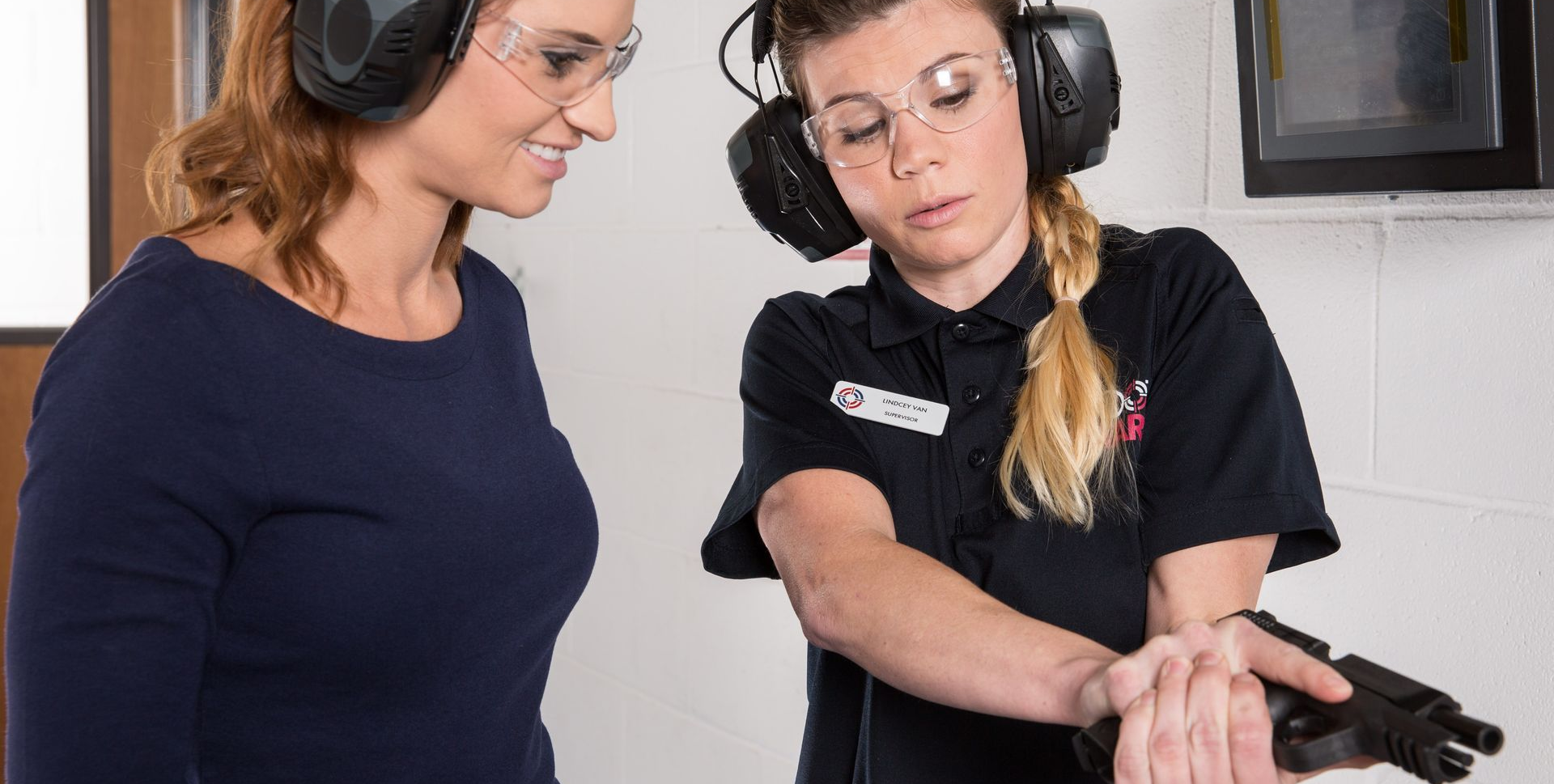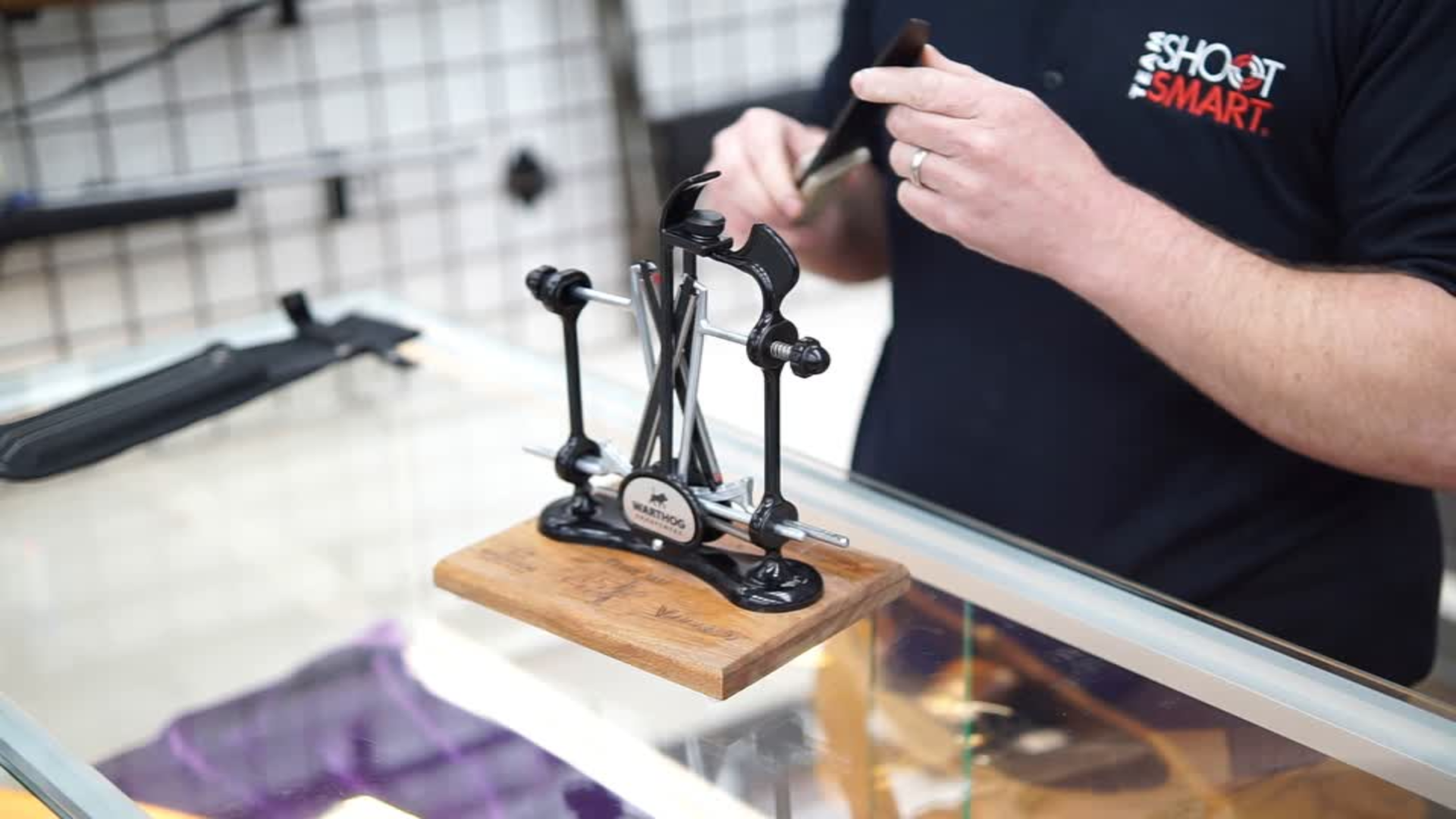Buying A Used Gun?
How can I make sure I'm not buying a firearm that was lost, stolen, or used in a crime?
The short answer is there’s no way to be 100% certain that the used firearm hasn’t been reported lost, stolen, or used in a crime. The Bureau of Alcohol, Tobacco, and Firearms (ATF) is the only agency authorized to trace a firearm’s serial number. Regular law enforcement can only run a trace during a criminal investigation. Most local police departments don’t offer firearm tracing as a service to the general public.
So, what should you do? Here are a few recommendations:
- Make your purchase from a Federal Firearms Licensed dealer (FFL). As FFL dealers are federally regulated, they are required to obtain the seller’s identification and thus provide a method for tracing the firearm.
- Make your used firearm purchase from a known and trusted individual, such as a friend or family member. Knowing the seller and the history of the firearm can provide some assurance that the used firearm was not lost, stolen, or used in a crime.
- Make your purchase only from someone who has a License to Carry (LTC). Someone with an LTC has already completed a rigorous background check, providing you with some assurance about the seller’s ability to legally own and sell the firearm.
If you decide to purchase a firearm through a private sale, it’s a good idea to obtain a bill of sale. (You can find these online to download and print).
This should include information to identify the seller. Request a copy of their unexpired TEXAS driver’s license/State ID/LTC. This may also deter someone trying to sell you a “hot” firearm as they may not want to provide you information for the bill of sale.
The single most effective way to avoid purchasing a used firearm that has been stolen or used in a crime is...purchasing a new firearm from an FFL dealer! New firearms are sold from manufacturers directly to distributors, who then sell directly to FFL dealers. When you purchase a new firearm, you’re the first owner, and you get to establish the gun’s history.
Bonus Tip! Keep the following essential items recorded in a safe place:
- Firearm make and model
- Serial number
- Date of purchase
- Location of purchase
- Name or company name of the seller
- Copy of DL/ID or LTC of the seller
By Joyce Gould, Benbrook Supervisor and LTC instructor.
Recent Posts






